massage and bodywork professionals
a community of practitioners
By performing self-myofascial release techniques using a foam roller or ball, you can reduce trigger points, decrease tissue tension, and break down scar tissue adhesions in injured myofascial tissue (muscle and fascia) formed by a combination of acute trauma, poor posture, repetitive movement, over-training, or inadequate sleep. The goal of self-myofascial release is to speed up the healing and recovery process, reduce pain, improve joint range of motion, balance the body, and prevent injury.
How does self-myofascial release work?
Fascia is a three-dimensional fibrous matrix interconnected throughout the body from the top of the head to the bottom of the feet. Fascia surrounds muscles, bones, and joints providing the body structural integrity and strength. Dysfunctional fascia is a leading cause of chronic pain, reduced flexibility, and decreased athletic performance.
Located within the muscle and tendon tissue are two sensory receptors called the muscle spindle and the golgi tendon organ. These sensory receptors monitor muscular and tendon tension from the surrounding tissue and relates it to your nervous system. They are highly sensitive to changes in muscle tension and rate of change. Stimulation of the golgi tendon organ leads to a decrease in soft tissue tension.
Placing pressure directly on tight or overly toned muscle tissue using deep tissue massage therapy or self-myofascial release techniques stimulates the golgi tendon organ to relax tension in the soft tissue. Decreases in soft tissue tension will help break down scar tissue adhesions, increase joint mobility, reduce pain, and improve overall function.
BENEFITS OF SELF-MYOFASCIAL RELEASE
- correct muscle imbalances
- increase joint range of motion
- decrease muscle soreness and relieve joint stress
- decrease tight or overly toned muscle tissue
- increase extensibility of muscle and tendon tissue
- increase performance
- maintain normal functional muscular length
Self Myofascial Release Instructions
Self-myfascial techniques are very simple to learn. To perform self-myofascial release you will need a foam roller and a small ball (such as a golf ball, tennis ball, lacrosse ball, or softball).
In this article I will go over self myofascial release for beginners. This is a shorter session that should take between 30-45 minutes to complete. The goal of this session is to begin to unlock the hips and shoulders. After you have spent a few weeks and feel more comfortable with self-myofascial release therapy, there is an intermediate and advanced session that I teach.
Following the directions in the pictures below, place your body weight on the foam roller over taut bands of muscle tissue that need to be released. For the best results, begin near the center of the body and slowly work away from the center of the body.
Relax your body, breathe, and slowly roll through the length of the muscle. Your muscles will naturally tense up, especially when you hit a trigger point. Ease into it and allow yourself to relax.
If you find a painful spot, stop and visualize the soft tissue as melting butter and the foam roller as a hot knife. Allow pressure into the tissue and within 30-60 seconds you will notice a significant reduction in pain. Once the pain reduces significantly (20-30%), move on to the next painful spot and repeat.
Spend between 3-5 minutes on each side. It is very important that you spend an equal amount of time on both sides and that you work through each of the areas listed to gain the most out of self-myofascial release.
Beginners Session Pictures
Arches
Other areas you can roll out are the calves, IT band (outside of thigh), quads (front of thigh), chest, and shoulders.
The first couple of weeks of foam roller therapy will be painful. It is important to be diligent and commit to doing it every day for two weeks, because the payoff is well worth it. If you use the foam roller every day, within a couple of weeks you will begin to notice not only does the exercise not hurt as much, it will begin to feel good and you will be on the path to feeling great. Over time the muscle and fascial tissues heal, improving flexibility, function, and performance providing chronic pain relief and injury prevention.
When to self-myofascial release?
- When you hurt
- Before you exercise
- After you exercise
- In the morning
- Before bed
- While watching TV
- Just about any time is a good time
Self-myofascial release on a foam roller offers an effective, inexpensive, and convenient way to reduce muscle tension and reduce scar tissue adhesion. Self-myofascial release can help you get relief and recovery from chronic pain and injury, improve athletic and work performance, and help you reach your health and fitness goals.
Jesse James Retherford is a certified personal trainer and licensed massage therapist. For over 12 years, Jesse has been passionate about helping his clients reach their fitness and health goals.
Jesse specializes in chronic pain and injury management, movement assessment, corrective exercise, and advanced sports conditioning.
Jesse offers personalized programs designed to improve performance and efficiency, reduce chances of injury, and allow you to move pain free so you can re-engage fully with your life.
Reposting is permitted as long as it is posted in its entirety, including links, and author’s bio.
Views: 186
Comment
© 2025 Created by ABMP.
Powered by
![]()
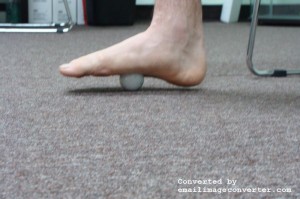
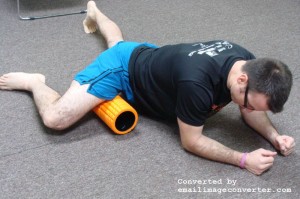
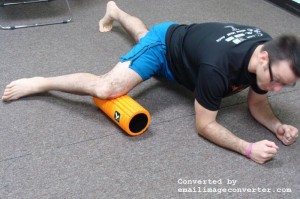
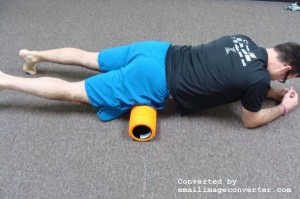
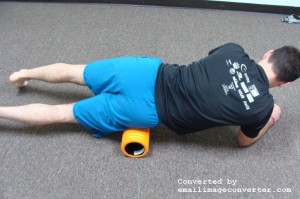
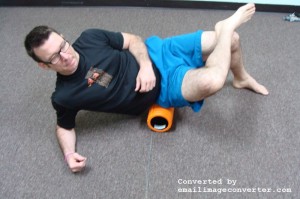
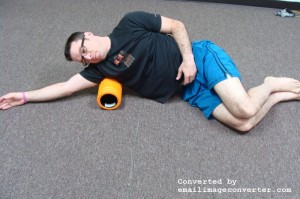
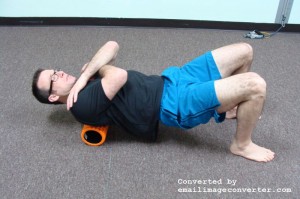
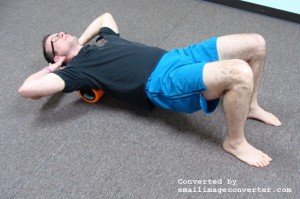
You need to be a member of massage and bodywork professionals to add comments!
Join massage and bodywork professionals